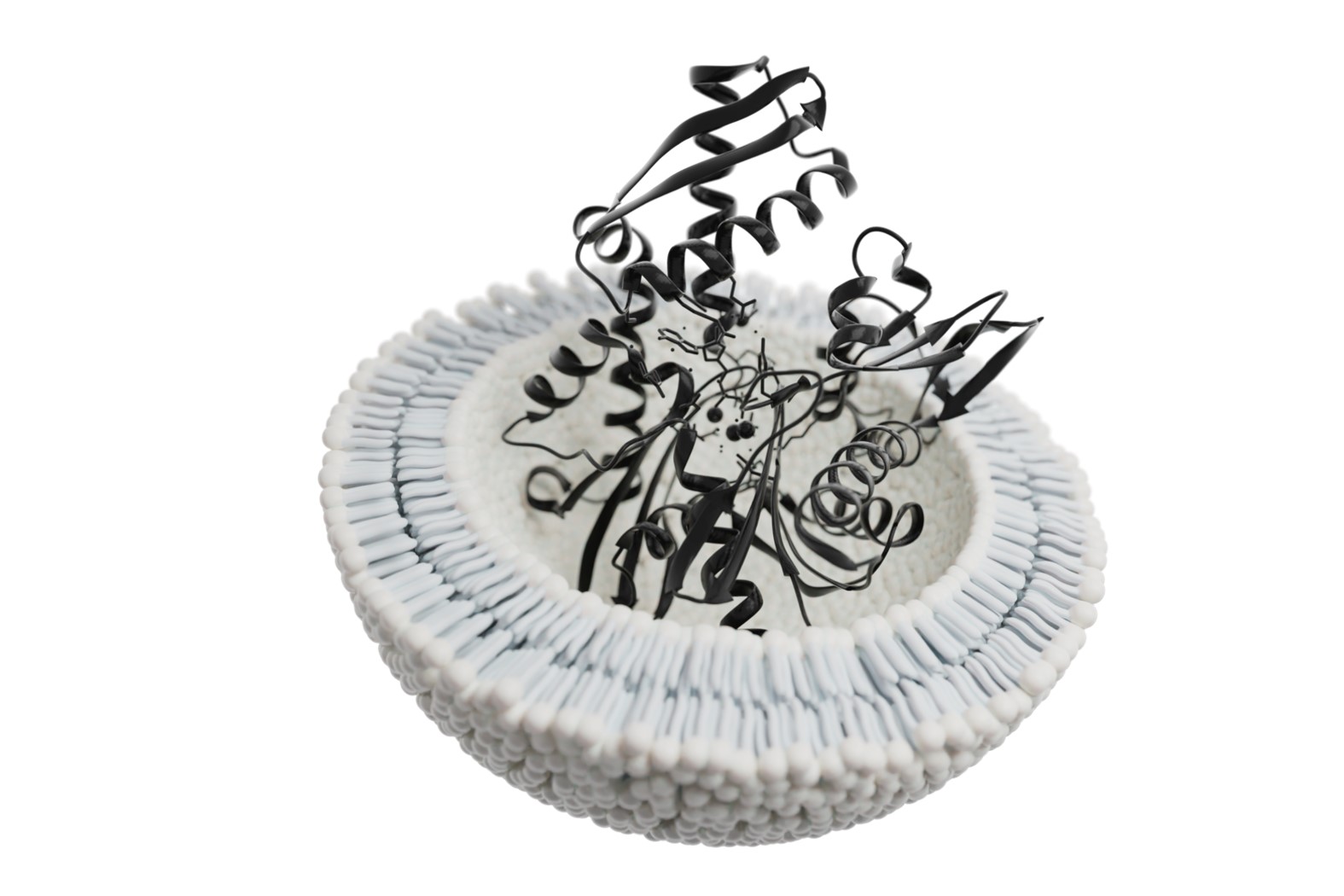Communication crosstalk: how hormones and exosomes interact

Both hormones and exosomes regulate physiological processes by transmitting signals to distant cells. Although clearly distinct, these two systems interact in complex and important ways.
Hormones vs exosomes
Unlike hormones, chemical and protein messenger molecules, that are produced by specific endocrine glands or tissues, exosomes are produced by almost all cell types and their cargo can vary based on the cell type and physiological conditions. Exosomes also carry nucleic acid messages. This variability allows exosomes to have a broader range of biological activities than hormones, which are more limited functional diversity.
What's fascinating is that hormones and exosomes often work in tandem to achieve specific physiological responses. Hormones, produced by endocrine glands, can stimulate particular cell types to release exosomes to transport signals to remote tissues, forming a regulatory network in the body. Exosomes can also act as carriers of hormones, delivering them to target cells to initiate physiological responses.
Hormones and exosomes in reproduction
For instance, in reproductive biology, hormones and exosomes collaborate to regulate the menstrual cycle. FSH and LH produced by the pituitary gland stimulate the production of estrogen and progesterone, which can be released directly into the bloodstream or packaged into exosomes to promote the growth and shedding of the uterine lining. Human endometrial exosomes have also emerged as an important component of endometrial-embryo interactions required for successful embryo implantation into the receptive endometrium.Exosomes also play critical roles in regulating physiological processes by exhibiting hormone-like properties. Breast milk is known to contain a complex mixture of exosomes that help to regulate the intestinal epithelial cell growth and development of infants.
Hormones and exosomes in inflammation and cancer
Hormone-induced exosome secretion is also crucial in regulating inflammation and cancer growth. For example, cortisol stimulates the release of exosomes carrying anti-inflammatory molecules to other immune cells to prevent excessive inflammation. Similarly, estrogen promotes exosome release from breast cancer cells that carry pro-tumorigenic molecules.
Exosomal miRNA
In other instances, exosomes modulate hormone signalling in target cells in various ways. Exosomes secreted by pancreatic beta cells regulate hormone signalling by transferring miRNAs to neighbouring alpha cells to alter gene expression and inhibit the secretion of glucagon. Similarly, exosomes secreted by ovarian granulosa cells have been found to modulate estrogen levels by transferring miRNAs and influencing the expression of critical enzymes involved in estrogen biosynthesis.
In adipocytes, exosomes transfer miRNAs that block insulin signalling by decreasing the expression of insulin receptor protein, leading to changes in glucose and fat processing in skeletal muscles, liver and adipose cells. Breast cancer cell exosomes also contain miRNAs that downregulate estrogen receptor alpha, indicating their role in hormone-related conditions like breast cancer. Similarly, exosomes released by prostate cancer cells contain microRNAs that suppress androgen receptor expression in target cells, leading to tumour growth and resistance to androgen-targeted therapies.
The relationship between exosomes and hormones is complex, leaving many questions unanswered. However, the discovery that exosomes can carry hormones has uncovered novel pathways for research in endocrinology, providing valuable insights into how hormone signalling and secretion are regulated. As the mechanisms and functions of these signalling molecules are explored, new insights into the pathophysiology of various diseases and conditions may lead to the development of new diagnostic tools and therapies that could improve patient outcomes and quality of life.
IMAGE Guillaume Pelletier



